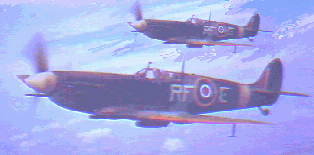Dinger's Aviation Pages
SPITFIRE
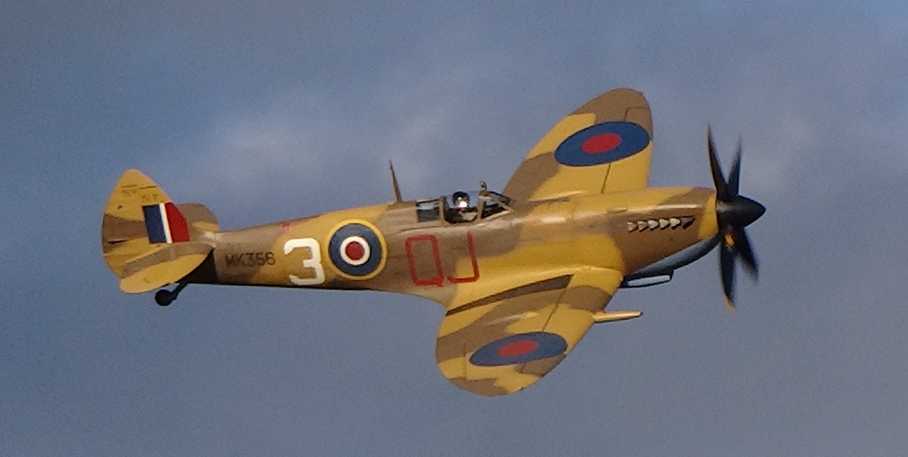

The Spitfire was developed as a single-engined low wing monoplane of monocoque and stressed metal wing construction. It was designed by R.J. Mitchell of the Supermarine Aircraft Company of Southampton. Its design was heavily influenced by Mitchell's earlier work on racing seaplanes and the unsuccessful type 224.
The Spitfire is perhaps the best-known aircraft in the world, a flying legend. Its fame was born during the "Battle of Britain", in 1940, the attempt by Germany to gain mastery of the skies over Britain prior to a planned invasion. The Spitfire was the best aircraft in the RAF fighter armoury and, although less numerous than the Hawker Hurricane that fought alongside it, caught the imagination of the public and the respect of its enemies. "Give me a squadron of Spitfires!" said the leader of the German fighter forces. The Spitfire was one of the keys to British Success in that fateful summer of 1940.
The Spitfire fought throughout the Second World War and was continually developed. Sometimes the scales would tip in favour of the enemy, as when the Germans introduced the powerful Focke-Wulf 190 and when the Japanese unleashed their more manoeuvrable A6M Zero, but the advantage was always regained by the Spitfire with the refinement of the airframe, bigger engines, more powerful armament or changes in tactics.
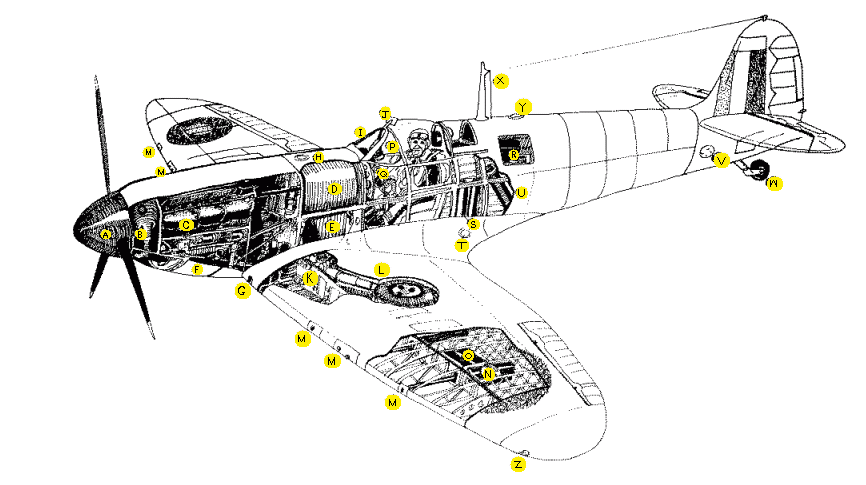
Supermarine Spitfire Mk I
(A) 3 blade propeller (B) Glycol coolant tank (C) Rolls Royce Merlin III engine (D) Upper fuel tank (E) Lower fuel tank (F) Oil tank (G) Gun camera port (H) Fuel Filler cap (I) Armoured front windscreen (J) Rear view Mirror (K) Main Spar (L) undercarriage retracted (M) Gun ports (N) One of eight Browning .303 machine guns (0) ammunition box (P) Reflector gunsight (Q) Instrument panel (R) Radio (S) Pneumatic air and oxygen bottles (T) Electrical Ground socket (U) Flare chute (V) Control wire access panel (W) Tailwheel (X) Radio mast (Y) Identification light (Z) Port navigation light
(A) 3 blade propeller (B) Glycol coolant tank (C) Rolls Royce Merlin III engine (D) Upper fuel tank (E) Lower fuel tank (F) Oil tank (G) Gun camera port (H) Fuel Filler cap (I) Armoured front windscreen (J) Rear view Mirror (K) Main Spar (L) undercarriage retracted (M) Gun ports (N) One of eight Browning .303 machine guns (0) ammunition box (P) Reflector gunsight (Q) Instrument panel (R) Radio (S) Pneumatic air and oxygen bottles (T) Electrical Ground socket (U) Flare chute (V) Control wire access panel (W) Tailwheel (X) Radio mast (Y) Identification light (Z) Port navigation light
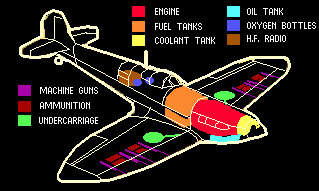
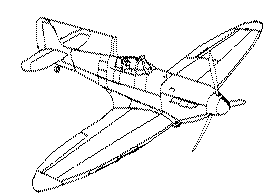
The classic elliptical wing of the Spitfire.
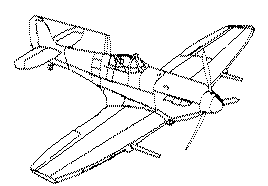
Low alltitude Spitfires had clipped wings to attain higher speeds.
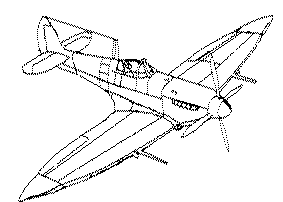
High altitude Spitfires had extended wing tips.
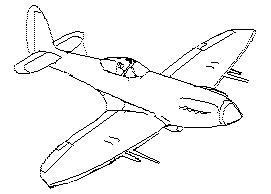
Late model Spitfires had a redesigned wing shape.
SPITFIRE STATISTICS
SPITFIRE MK I
MAX SPEED - 365 mph (355mph with armour plate to protect the pilot and with other combat equipment)
RANGE - 395 miles.
WINGSPAN - 36ft 1inch LENGTH - 29ft 11ins.
ARMAMENT - Eight Browning .303 rifle calibre machine-guns with 350 rounds per gun of ball, tracer, incendiary and armour-piercing type.
POWERPLANT - 1,030 horsepower Rolls-Royce Merlin III engine.
SPITFIRE MK IX
MAX SPEED - 408 mph
RANGE - 400 miles.
WINGSPAN - 36ft 1inch (Normal fighter wing) LENGTH - 31ft 3.5ins.
ARMAMENT - Two 20mm cannon. Four .303 machine-guns.
POWERPLANT - 1,660 horsepower Rolls-Royce Merlin 61 engine.
SPITFIRE 24
MAX SPEED - 450 mph
RANGE - 400 miles.
WINGSPAN - 36 foot 11ins LENGTH - 32ft 11ins
ARMAMENT - Four 20mm cannon.
POWERPLANT - 2,375 horsepower Rolls-Royce Griffon 85 engine.
